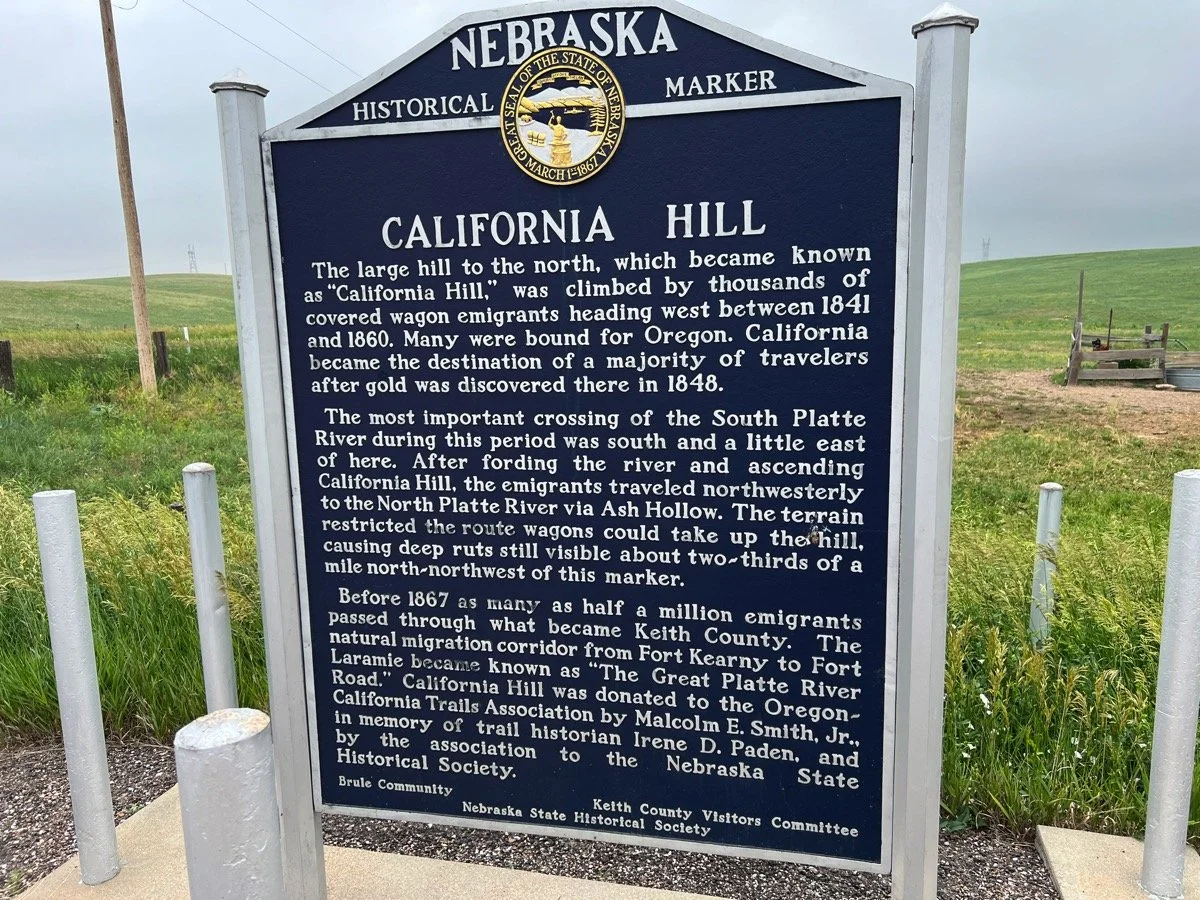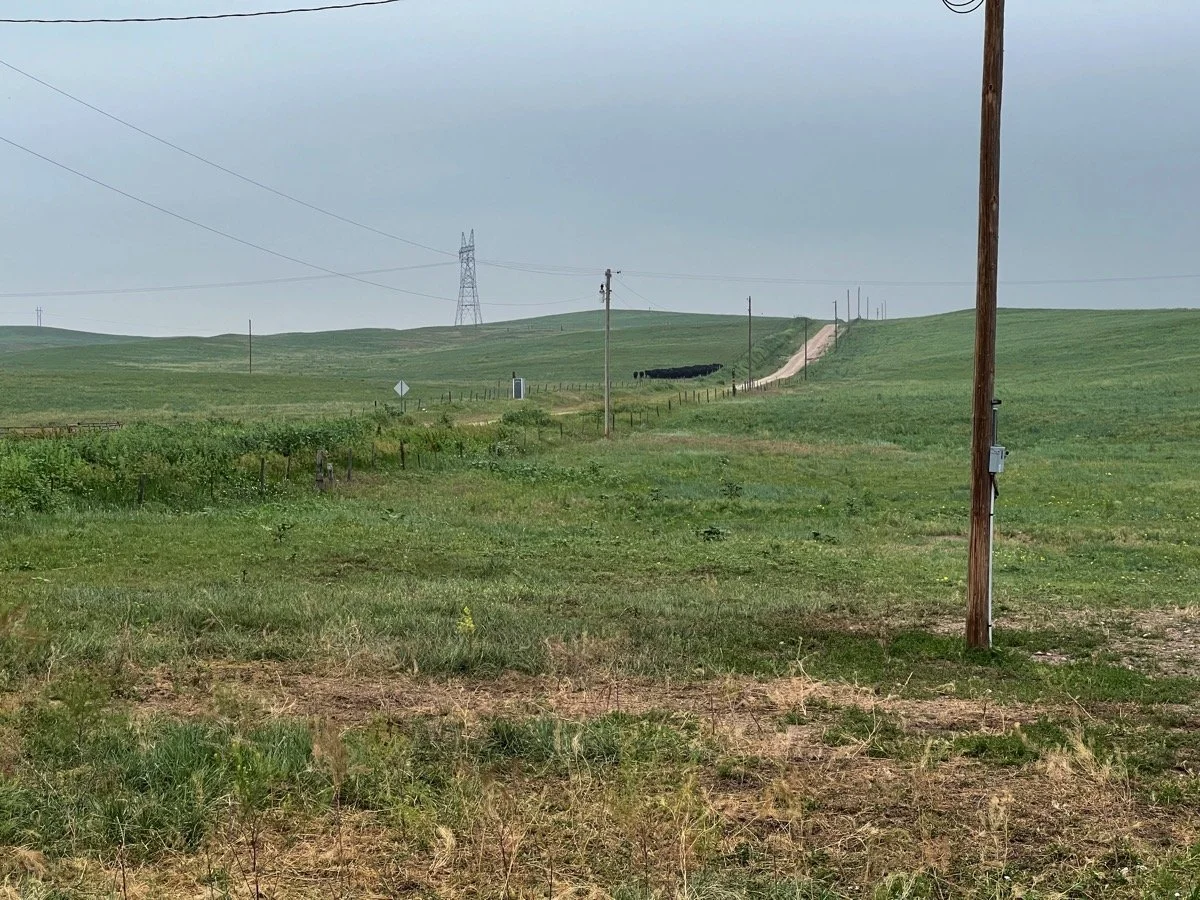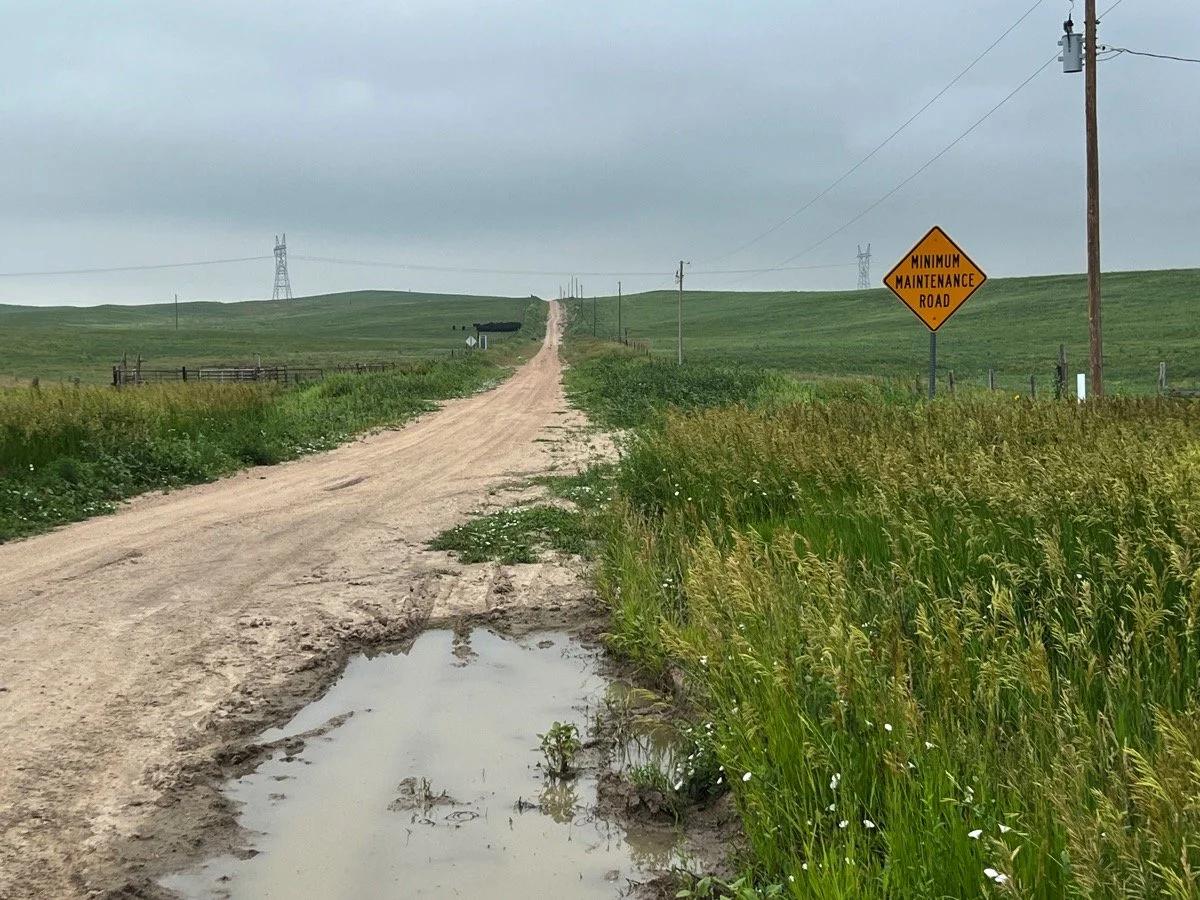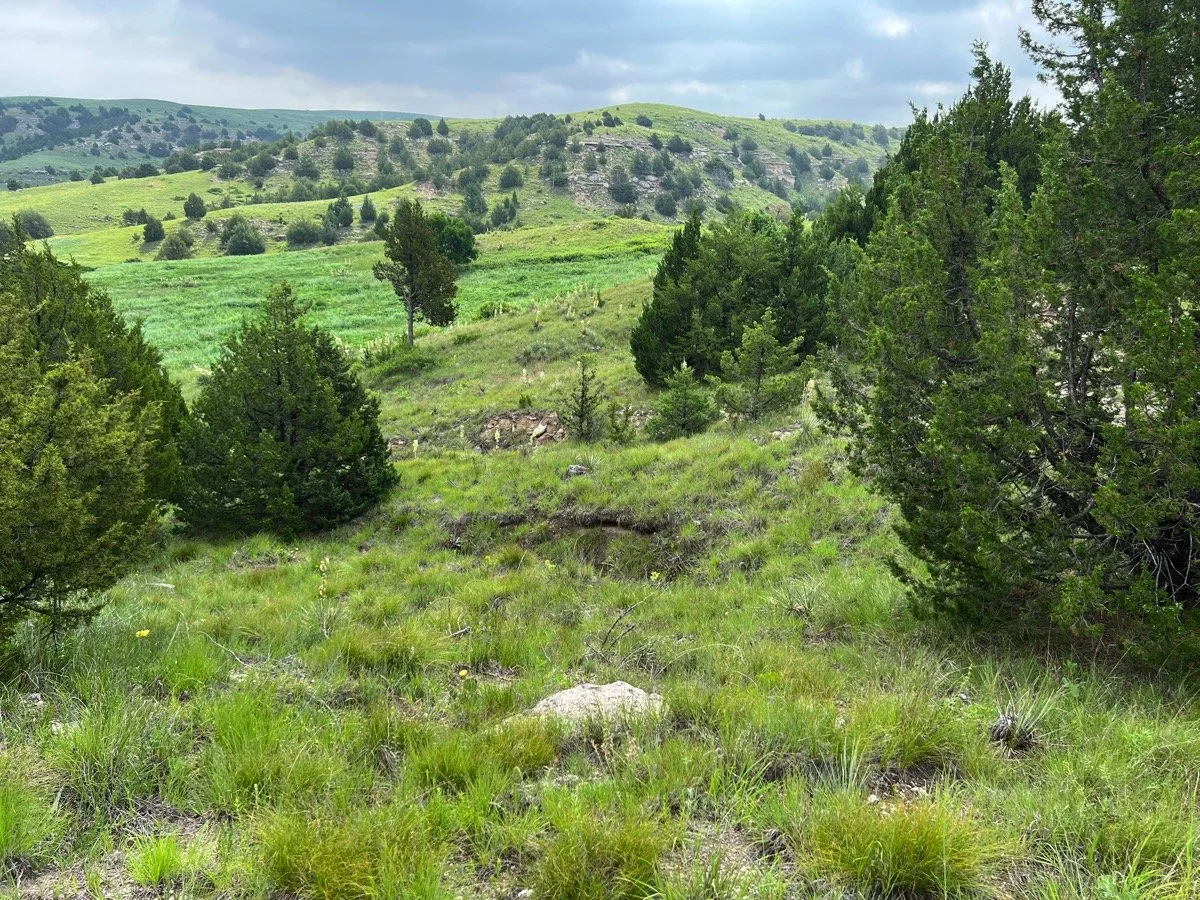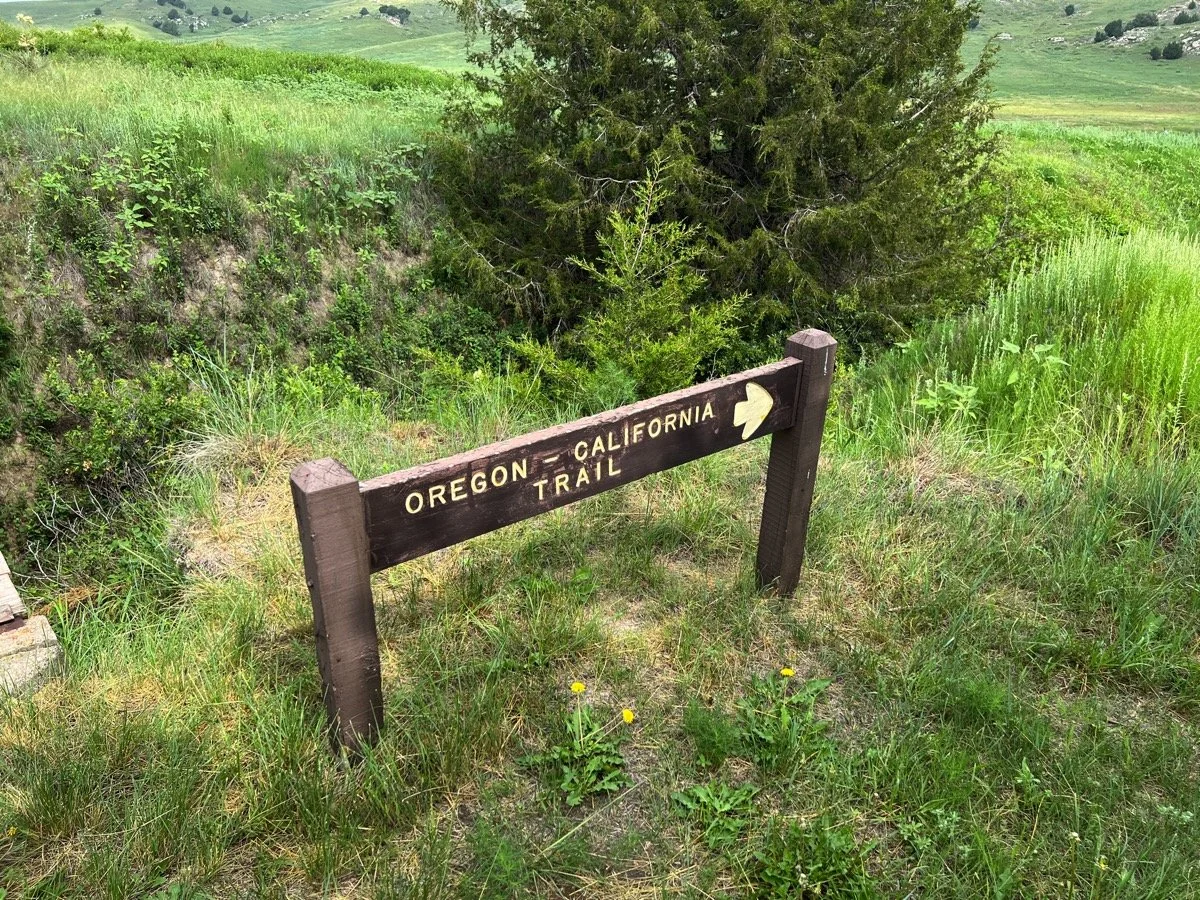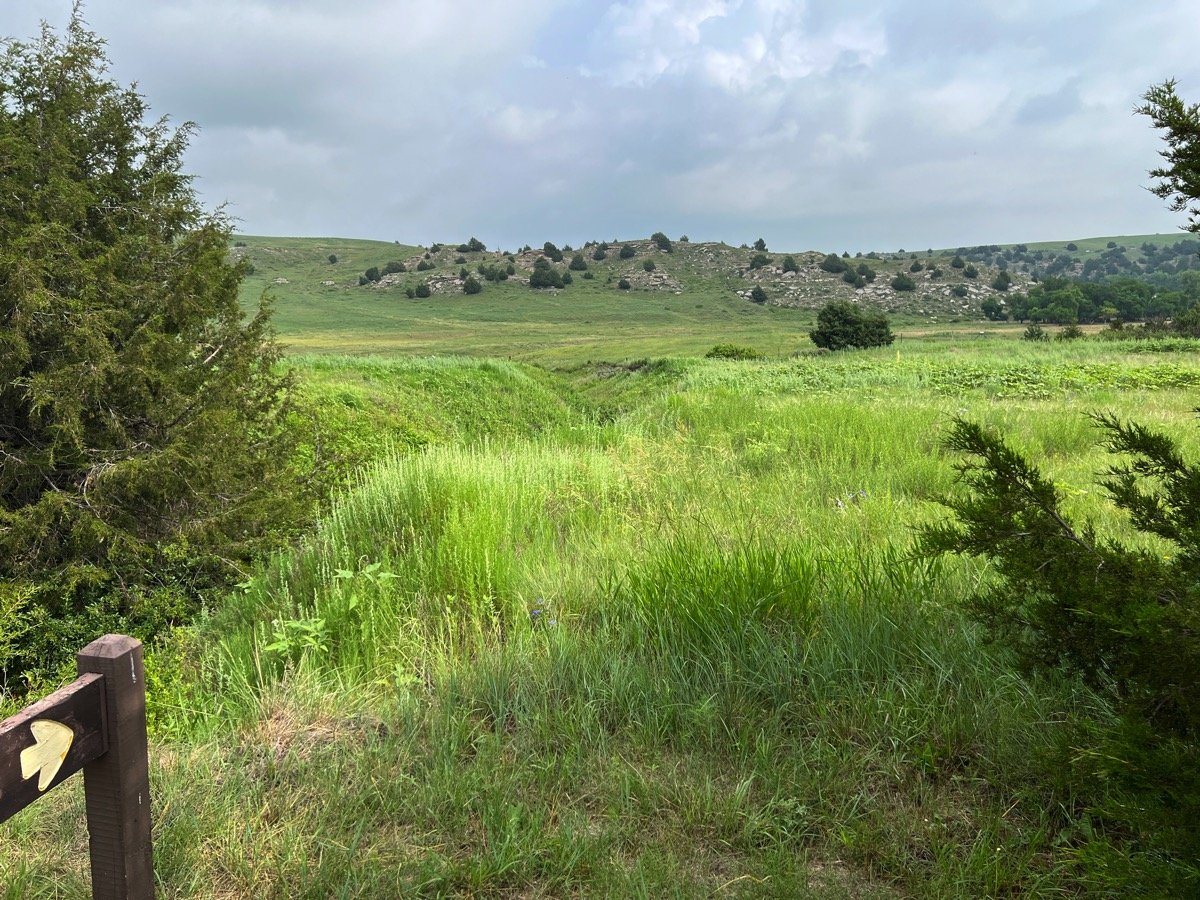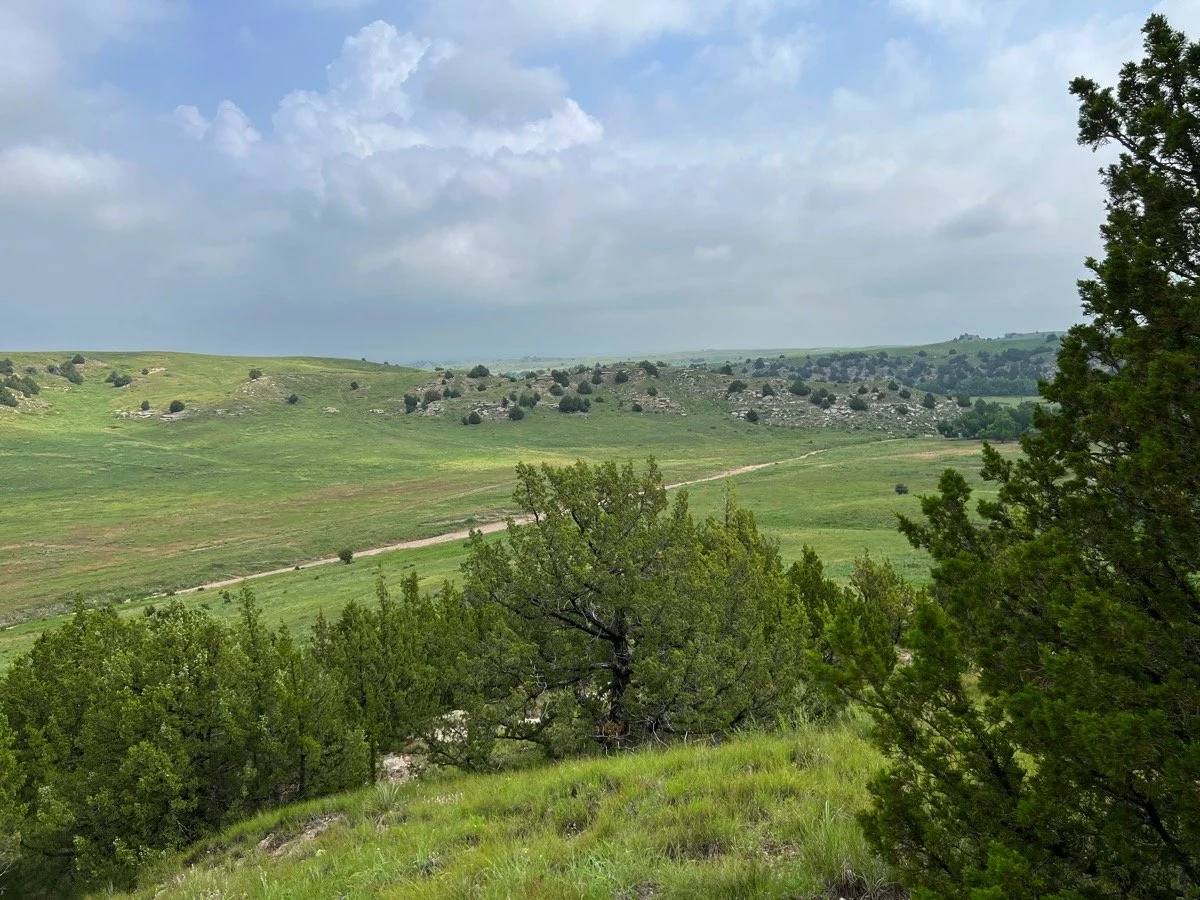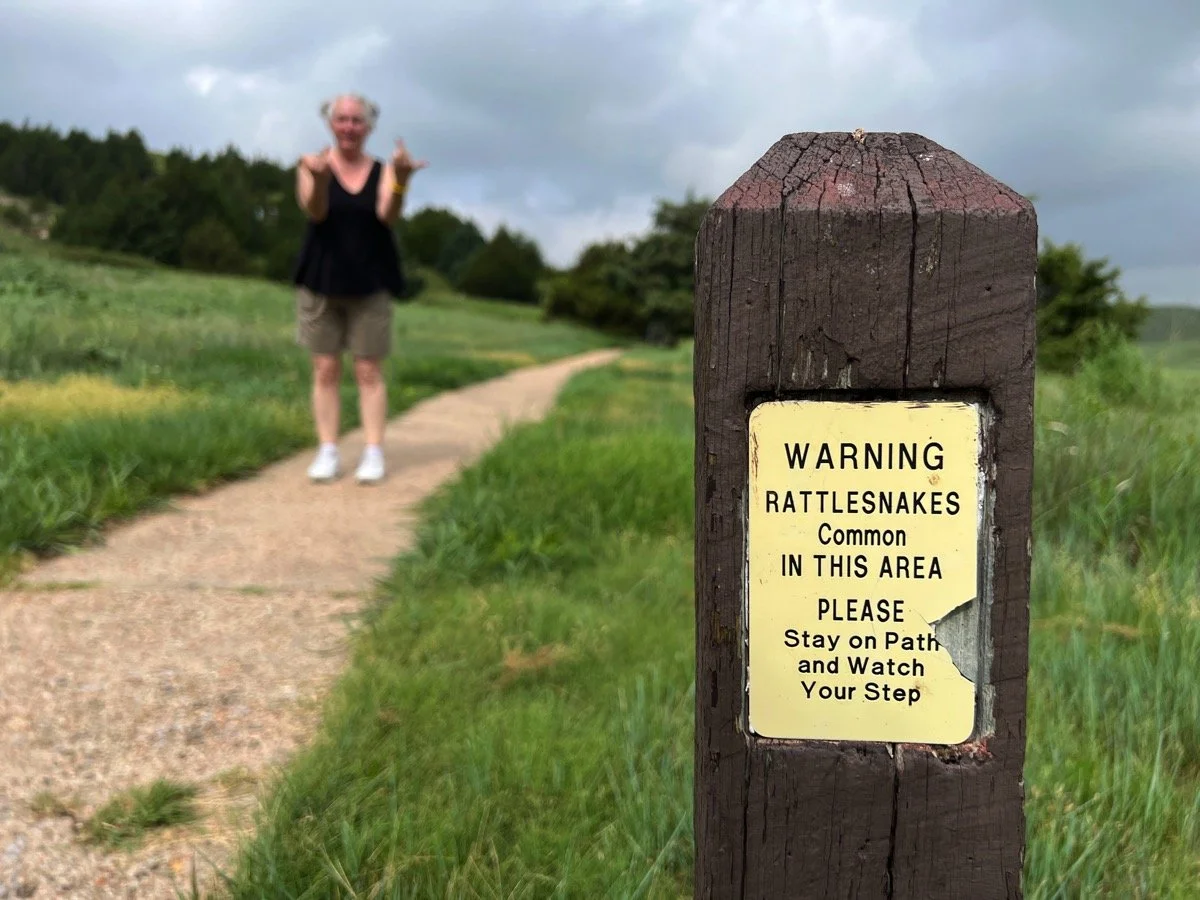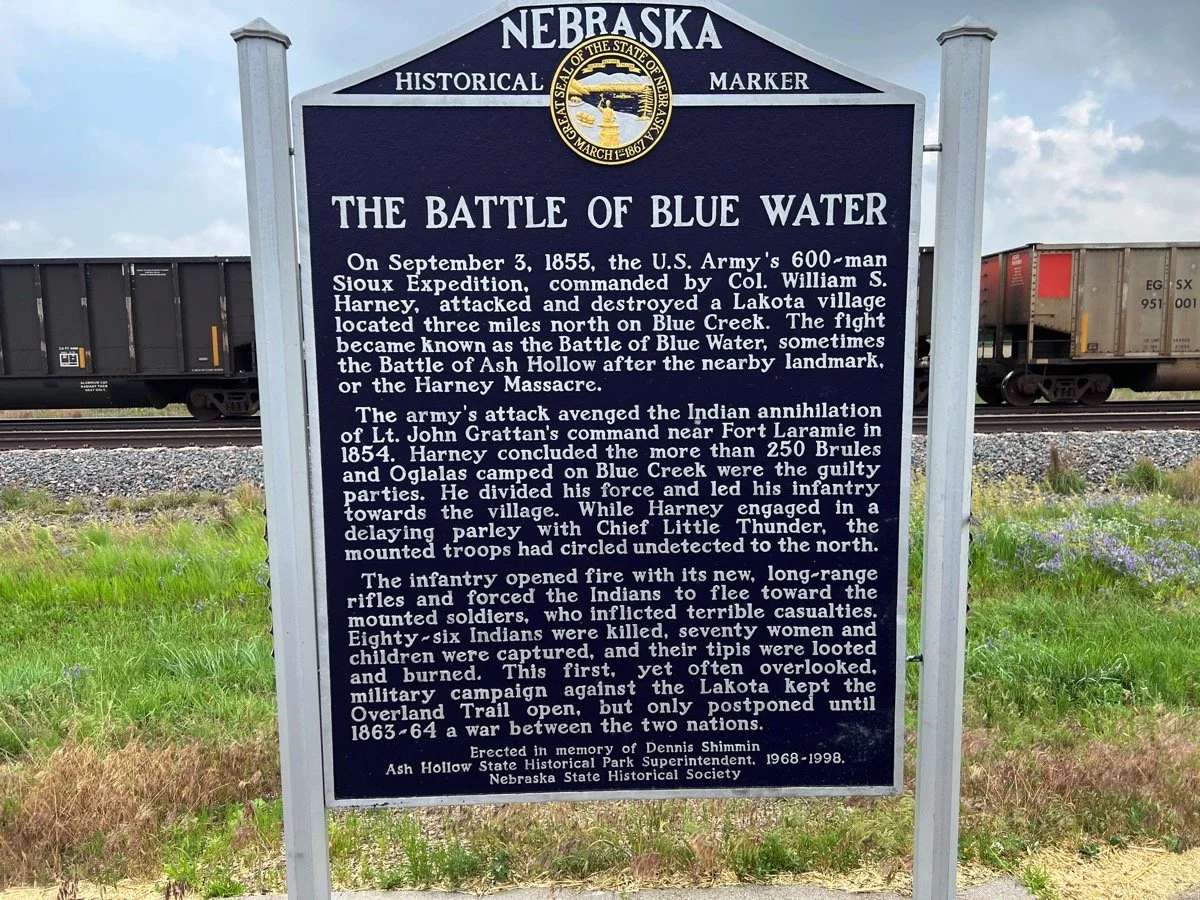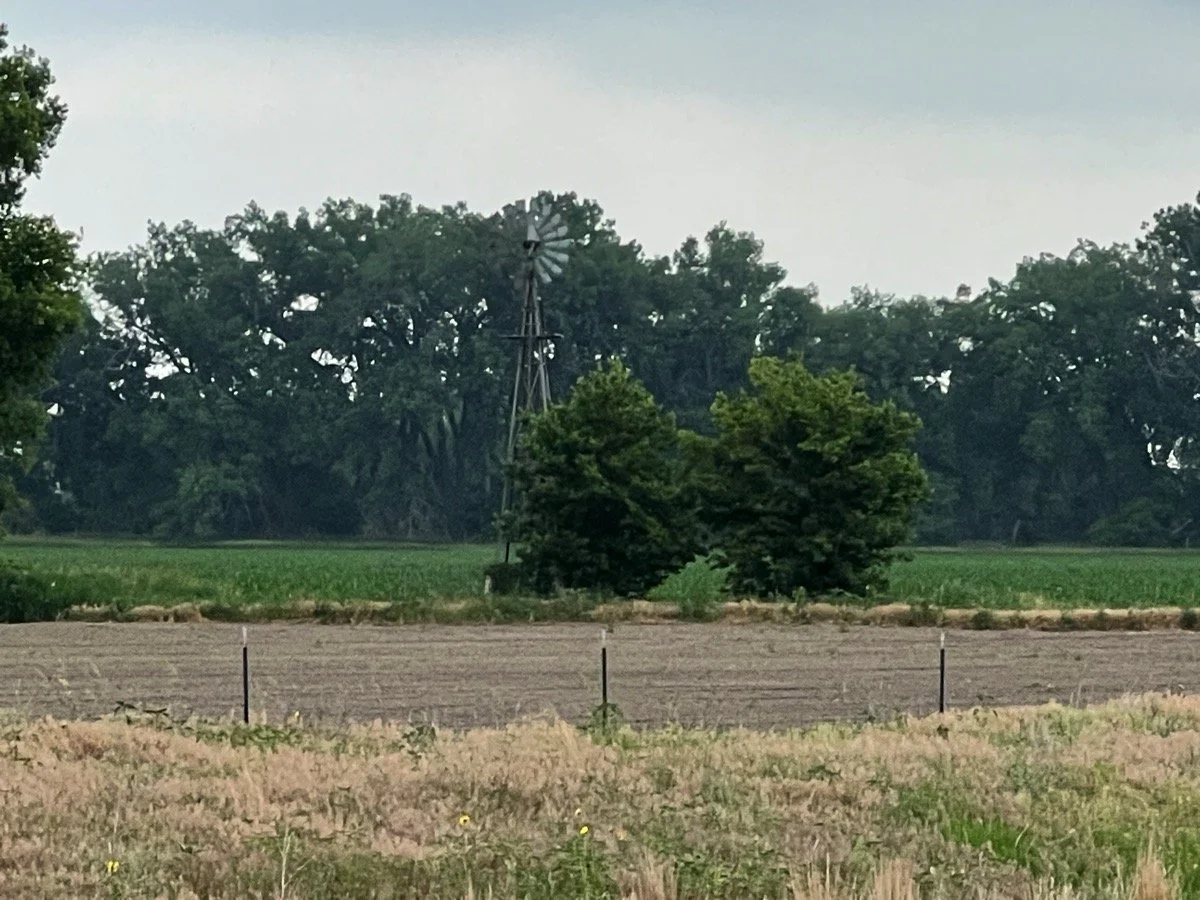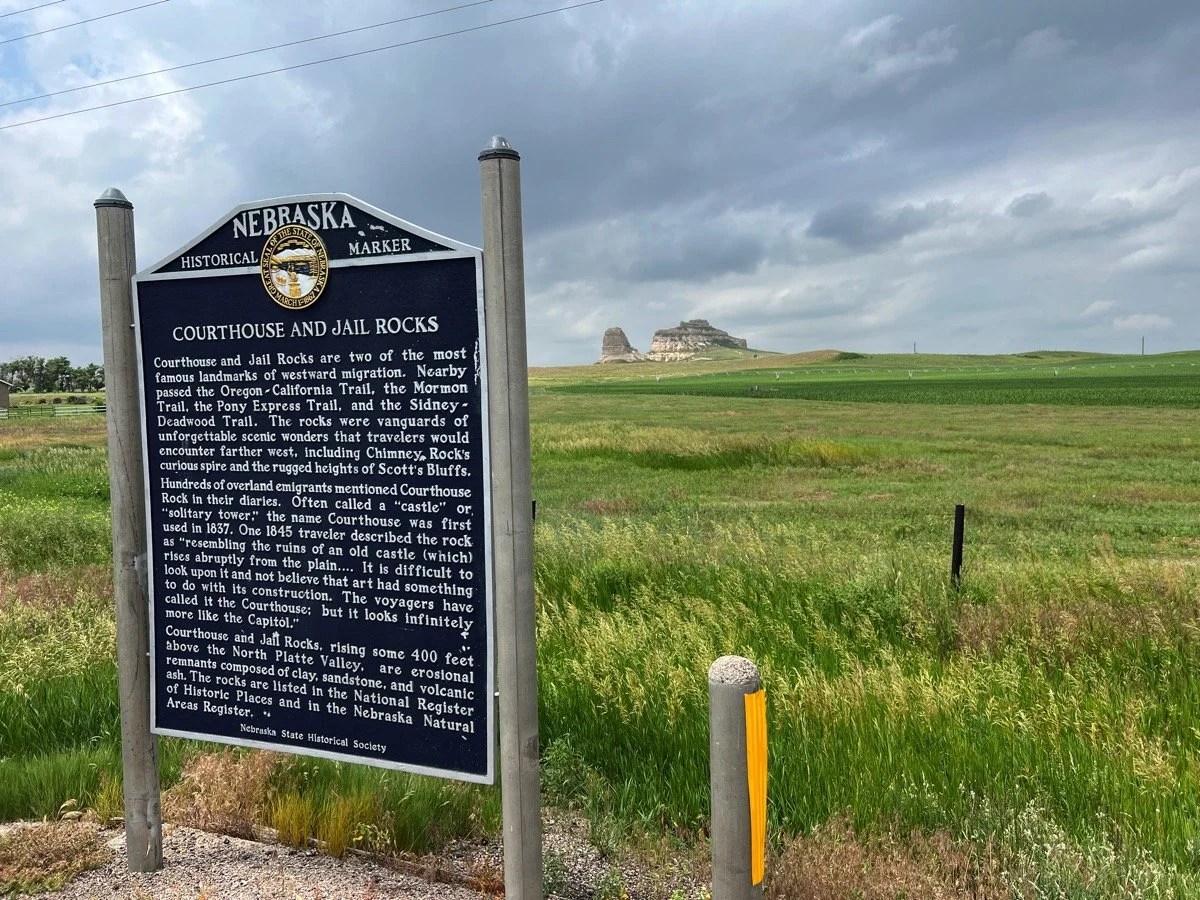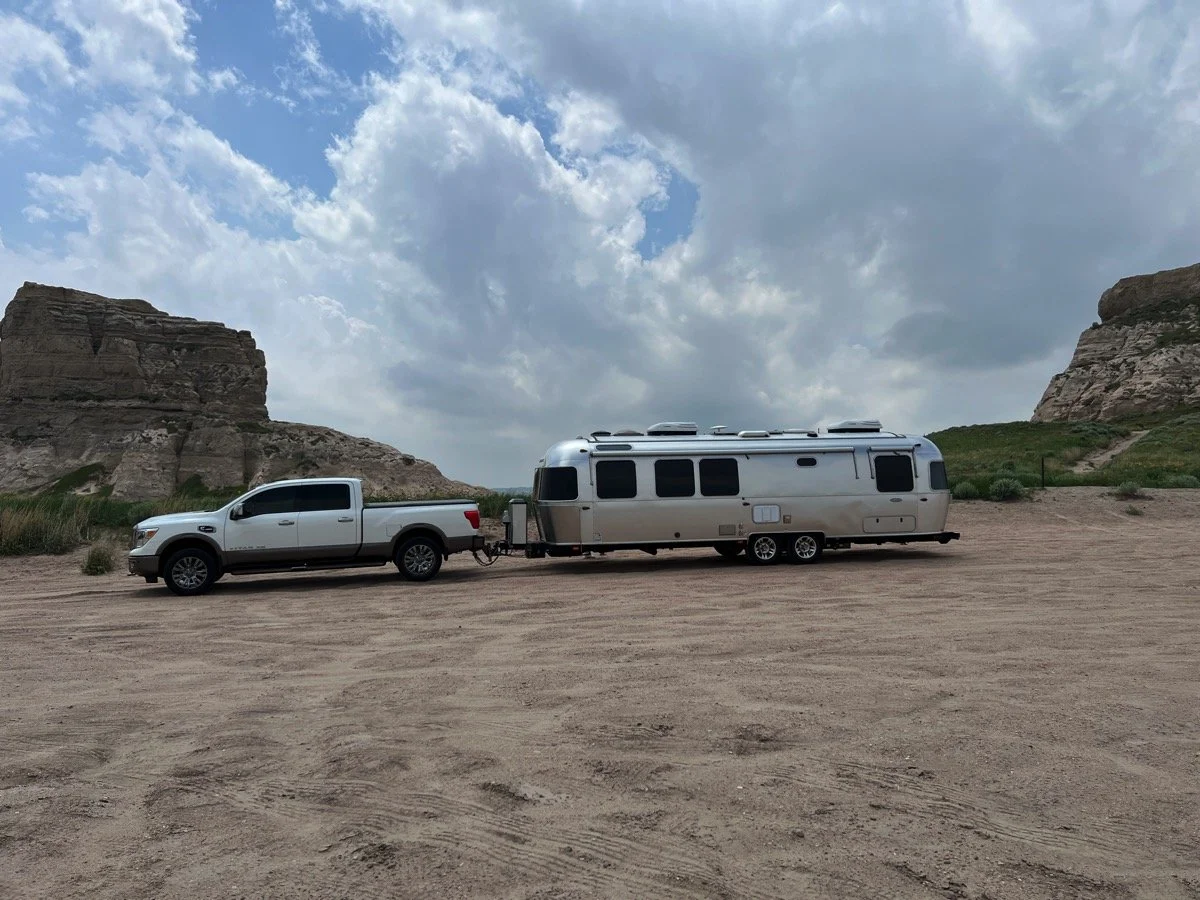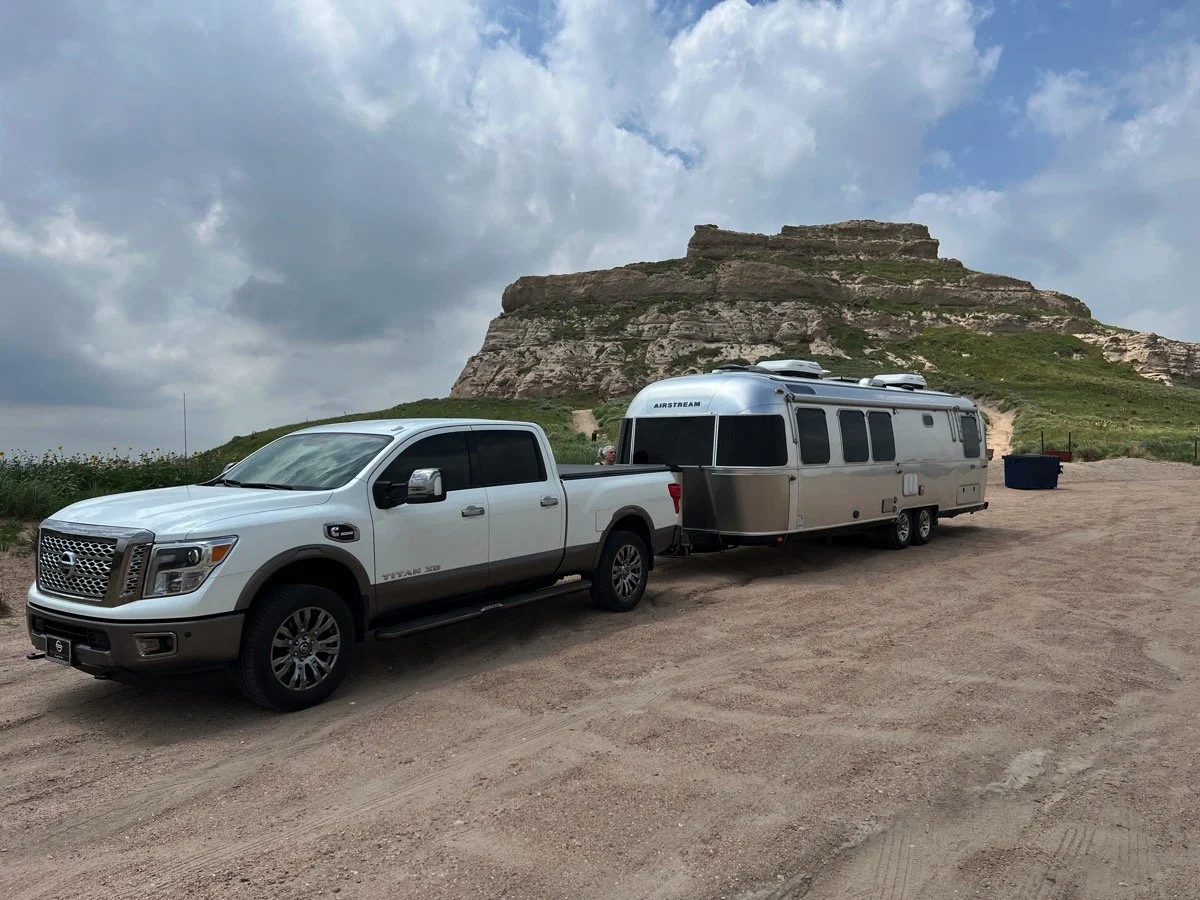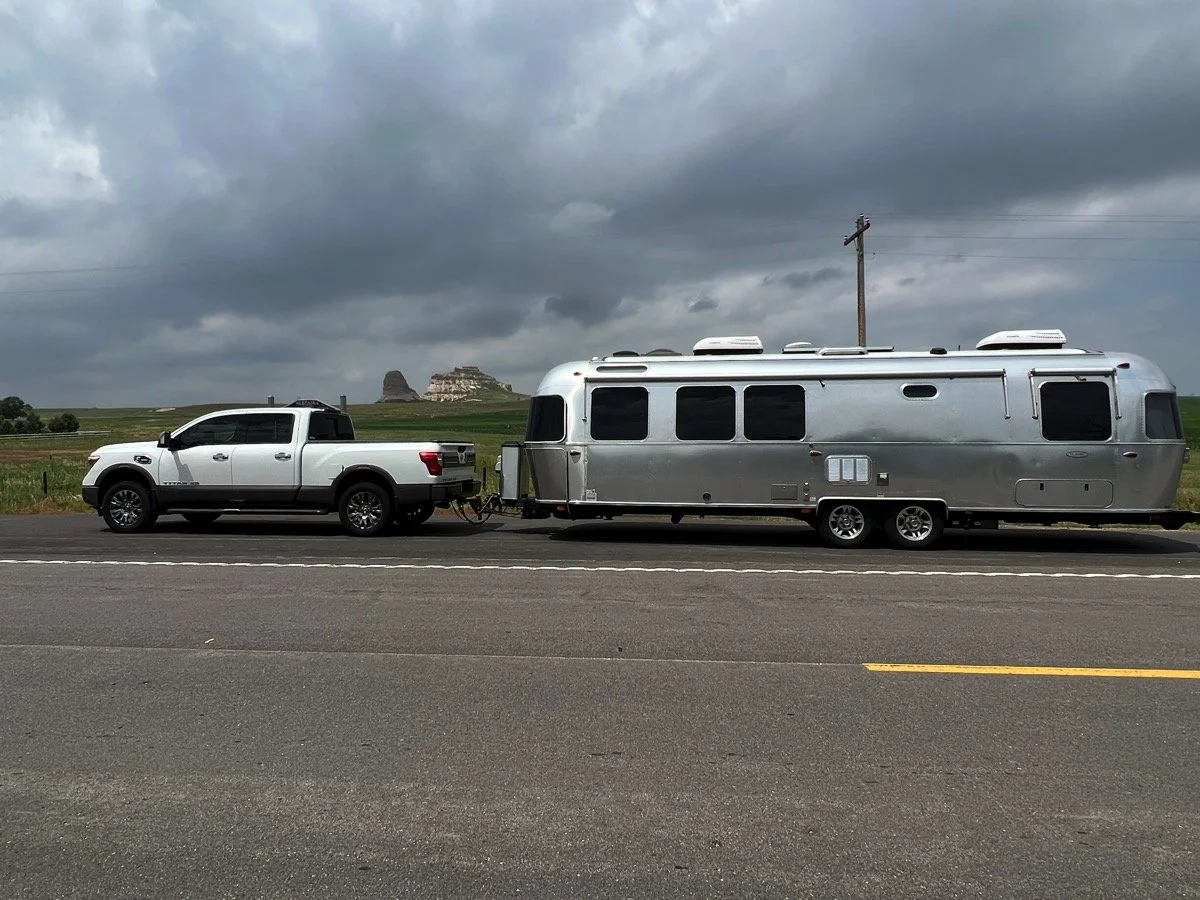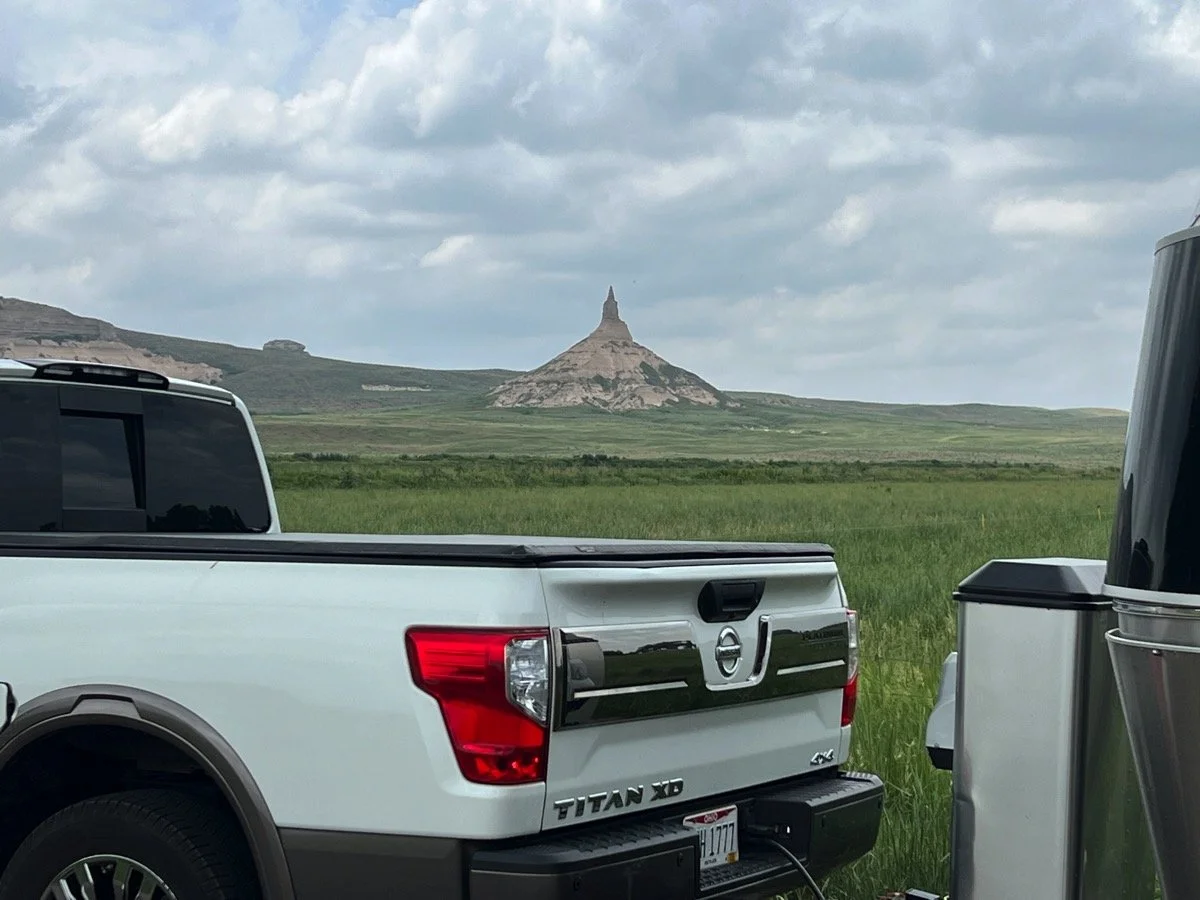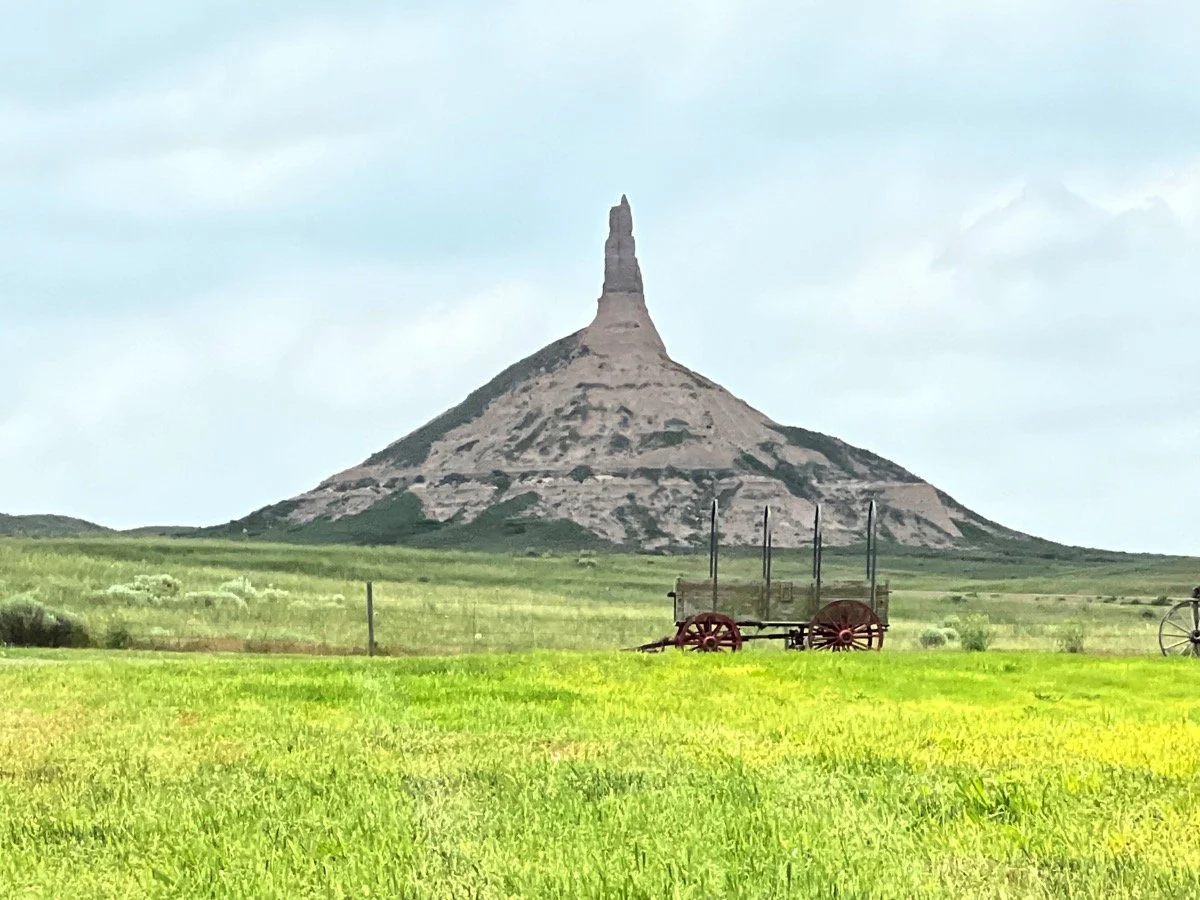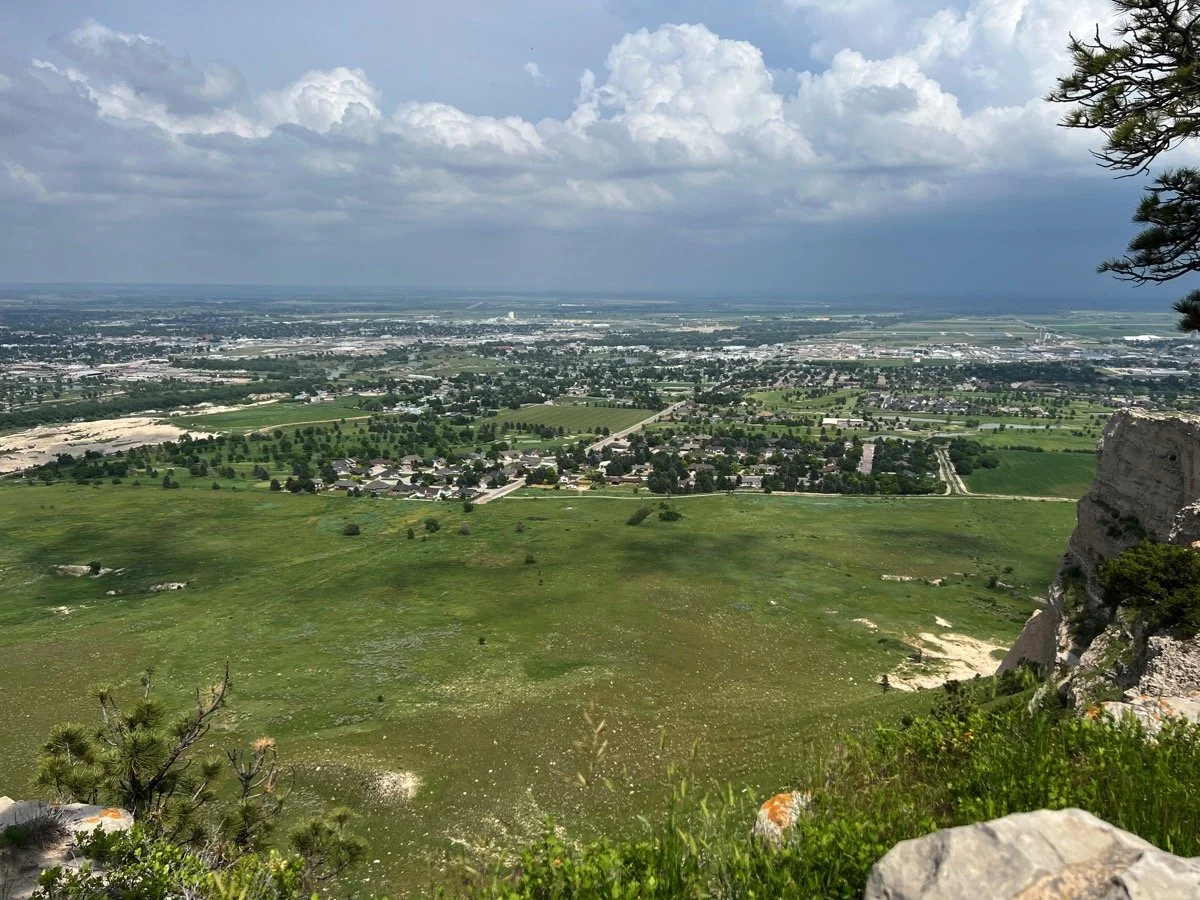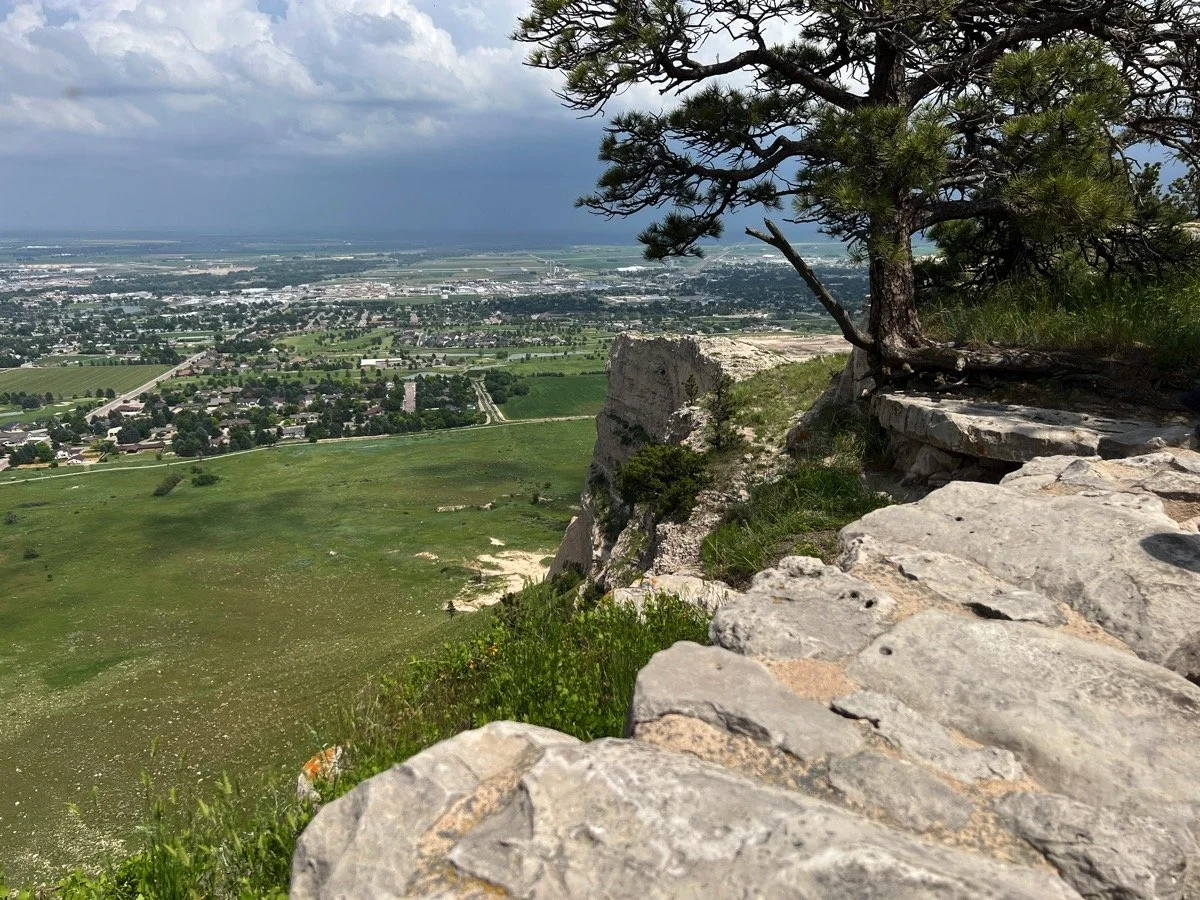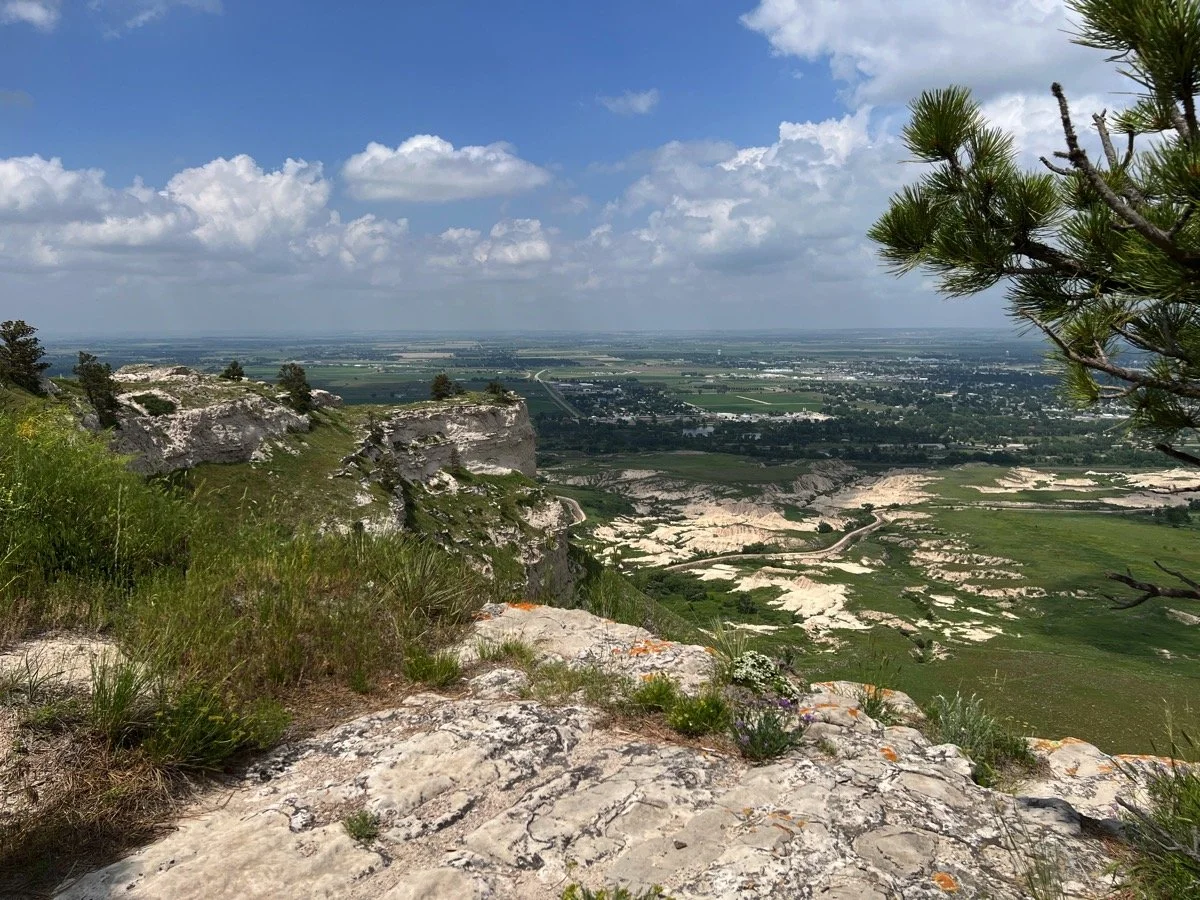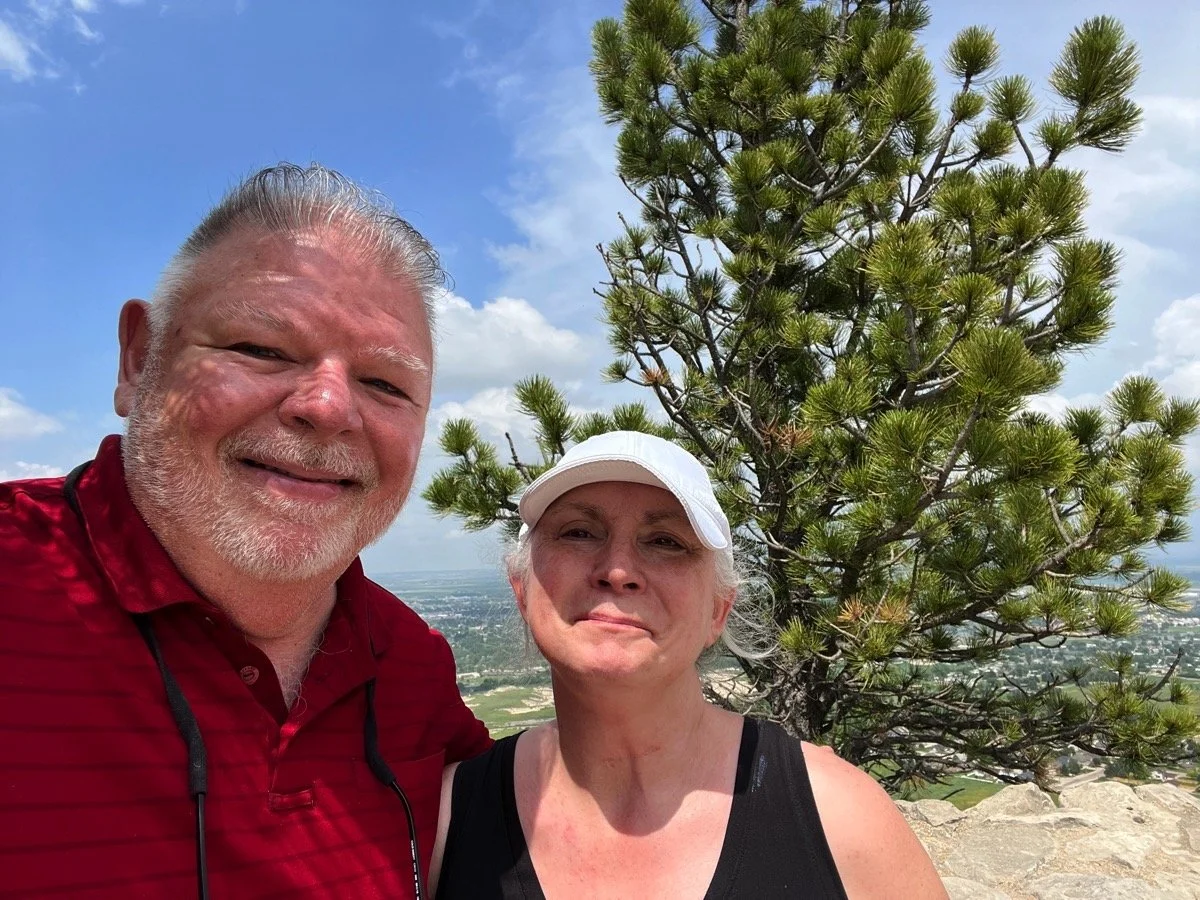North Platte Nebraska to Scottsbluff Nebraska; Landmarks and a little Drama.
The travel has inherent unpredictability. Adventures rarely occur in the comfort of familiarity; instead, they are born in the realm of the unknown. And that is precisely where we found ourselves this day, leaving North Platte, Nebraska, in our trusty Airstream, bound for Scotts Bluff National Monument, retracing the steps of the Oregon Trail pioneers.
Our first stop was California Hill. Near North Platte, Nebraska, the Platte River splits into two major forks, with the South Platte running towards Denver and the North Platte heading northwest towards Fort Laramie. Emigrants knew that at some point they had to cross the South Platte and start following the North Platte. Several crossing sites were used, but the Upper Crossing was the most important because it led to the best approach to the North Platte. However, this meant traveling over California Hill, which necessitated a steep climb of 240 feet in 1½ miles. Deep ruts, which are still plainly visible today, were created as the wagons were dragged up the hill.
There is a road up California Hill, due to its gravel composition and the fact that it does not undergo regular maintenance, we decided to detour around California Hill. We didn’t want to experience the hardships of the settlers too literally, especially when towing our beloved Airstream!
Our next stop was Windlass Hill, another notorious slope on the trail. Windlass Hill is scarred by deeply eroded ruts cut by thousands of wagons sliding downhill with their wheels locked on the emigrant trails. Due to the steepness of the grade, the wagons could easily travel at speeds that were not good for them or the livestock pulling the wagons. They were slowed by locking the wheels, which prevented the wheels from turning and increased friction. We walked a paved, but steep, walking trail with outdoor along the ruts to the top of the hill. Velina, a snake lover, provided me with hand signals when I pointed out their likely presence!
Our route took us past the site of the Battle of Blue Water, the first major clash between the U.S. Army and the Lakota in 1855. This battle brought to the forefront the conflict between expansionist ambitions and the rights of indigenous peoples.
The Battle of Blue Water, also known as the Battle of Ash Hollow or the Harney Massacre, was an engagement of the First Indigenous War, and fought on September 2 and 3, 1855 between United States Army soldiers under Brig. Gen. William S. Harney and a band of the Brulé Lakota along the Platte River in present-day Garden County, Nebraska.
Our journey continued through the stunning natural monuments of Courthouse and Jail Rocks and the iconic Chimney Rock. Each of these landmarks brought to life the stories from the diaries of the emigrants, their joy and relief at seeing these landmarks signaling that they were on the right track to their destination. We took time to drive up a dirt road to the base of these natural monuments. There, we made lunch and enjoyed a peaceful time by ourselves.
By the time we reached Scotts Bluff, the day had grown long. We found a cozy spot in the municipal campground to park our Airstream and detach. We drove to the Scotts Bluff National Monument, a towering natural formation that served as a beacon for countless pioneers journeying westward on the Oregon Trail. Scotts Bluff was a significant landmark on the Oregon Trail. It was located about halfway between the Missouri River and the Rocky Mountains, and it provided a welcome sight for weary travelers. The bluffs were also a source of navigation, as emigrants could use them to orient themselves on the trail.
Our visit was cut short by an abrupt thunderstorm, complete with a HAIL We rushed back to the Airstream, desperate to protect our 'aluminum home on wheels' from the weather's onslaught. Mother Nature reminded us once again that we are mere visitors in these wild spaces, much like the pioneers who passed this way nearly two centuries ago.
After the storm passed and our nerves had calmed, we settled into the comforting routine of making dinner at home. With our Airstream safe and the echo of thunder serving as a backdrop, we cooked a simple meal, grateful for the modern conveniences in our compact kitchen.
That day, we not only traveled through Nebraska but also journeyed back in time, walking in the footsteps of the Oregon Trail pioneers. Despite the detour and the hailstorm, the sense of connection to the past and the visceral experience of history made it all worthwhile. As we sat there, bellies full and hearts content, we marveled at the incredible resilience of those early settlers, and their stories that continue to echo in the whispers of the wind over the Nebraska prairie.

